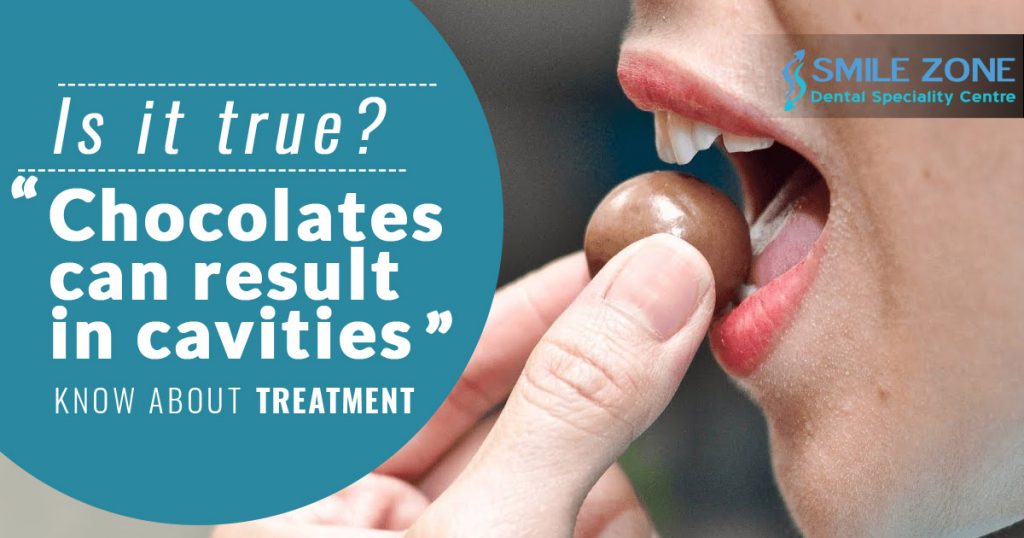Is it true that chocolates can result in cavities and how to treat it?
Are you anxious about your child’s sweet tooth? Experts predict that cavities exist in any second baby in India and can also influence the overall growth of the infant if they are not stopped. 45 to 50% of children between the ages of 2 and 11 grow cavities in main teeth, and almost 30 % of children between the ages of 2 and 5 grow at least one cavity, according to the United States National Institute of Dental and Craniofacial Studies.
According to the Dental Clinic in Whitefield, you need to take care of your child’s teeth. For example, what they eat and drink throughout a day.
What are cavities?
Cavities are explained as tooth decay and Dental deterioration occurs when dental enamel (outer tooth layer) is destroyed. This occurs as plaque-shaped bacteria respond to acids with sugars that strike and erode the enamel. Dental plaque is the oily, white, often germ-containing material that induces tooth decay, it binds to the teeth and may consume the enamel.
Children have more cavities. Dental plaque is sometimes formed in children’s teeth owing to insufficient diet and oral practices. It is certainly a symptom of the cavity if your child is confronted with toothache, and the hole/pit is apparent. If the same thing is ignored, it may lead to tooth loss and decay within the teeth.
Which kids are vulnerable to tooth decay?
Bacteria are present in your mouth for all babies. There is a chance of tooth decay for all ages. However, this can increase the risk for your child:
- High bacterial rates which trigger hole
- A high-sugar and starch diet
- The supply of water with or without limited fluoride
- Weak oral hygiene
- Less than natural saliva production
Cavities can occur in primary teeth and dental infections can develop permanently. Dental caries, particularly baby teeth, are dangerous, contagious, and communicable diseases that can rapidly spread and lead without proper precautions to infection. However, the good news is that it can be avoided and handled.
How to treat cavities in children?
In babies, cavities, rather than a dental filling, maybe handled using various methods such as a dental denture, and fluoride varnishing. Dental dentures protect teeth in particular when kids are most prone to decay. It is cheaper than it is to fill. Although the fluoride varnish is a dense, thin polished paste on the teeth. This protects tooth enamel and may help to reduce tooth decay.
There are different types of fillings:
Direct restorations-: You need a single trip to fit a filling in a planned space. Gold, fine glass powders, acrylic acids, or silicone can be used in such compounds. They still have toothpicks.
Indirect restorations-: It needs two hours or more. Veneers, Inlays, Bridges, Onlays, and crowns are included. They are constructed of steel, metal base alloys, ceramics, or composites. Some of these compounds may appear like natural dental enamel.


No Comments